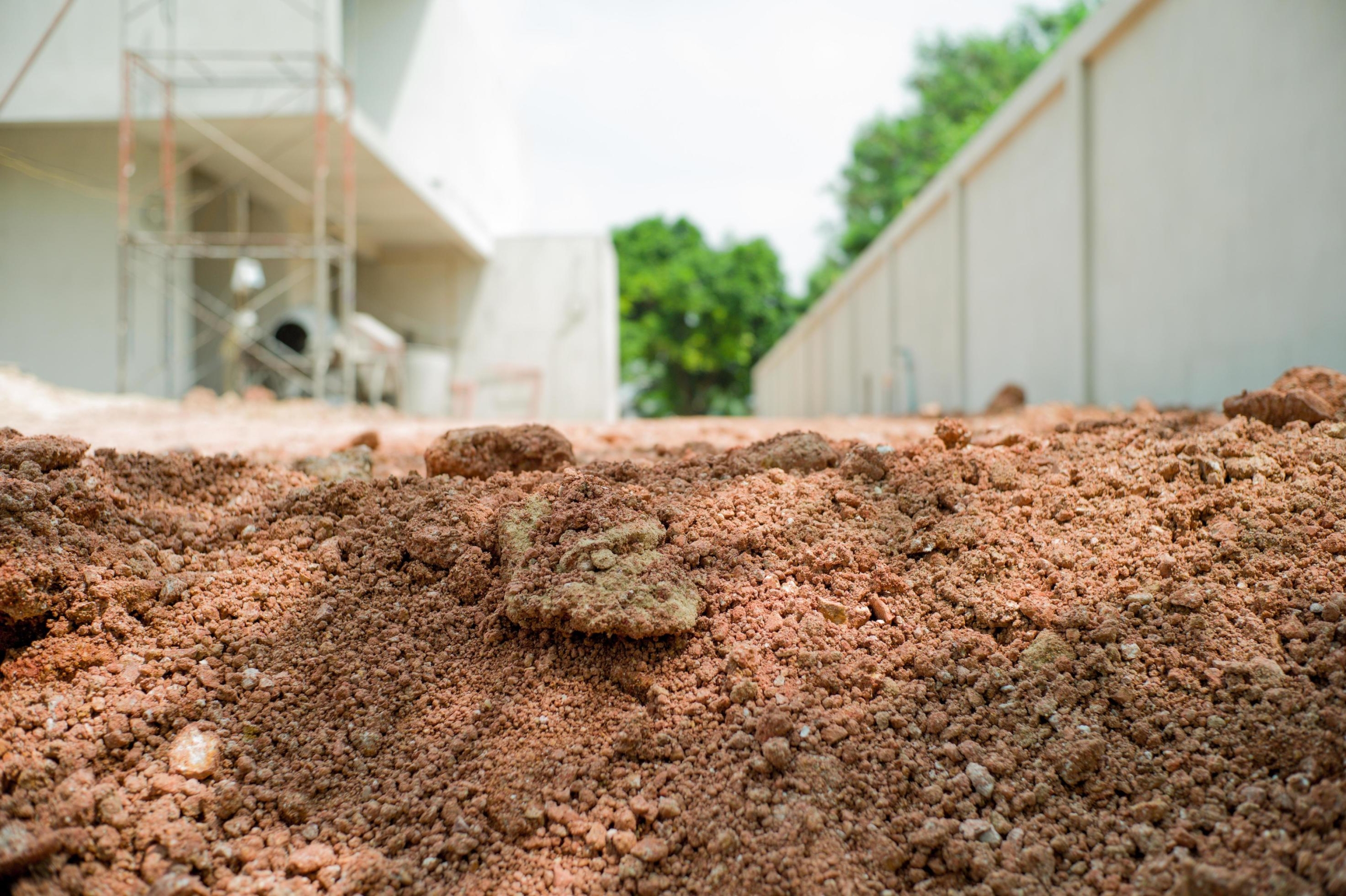When it comes to real estate development, the soil beneath the surface can be just as important as the location and size of the property. Soil types play a significant role in determining the cost, feasibility, and success of a development project. In this blog post, we will explore the various soil types and how they can affect the cost of real estate development.
Understanding Soil Types
Soil is not a uniform substance; it varies in composition, density, and other characteristics based on factors such as geographical location, climate, and geological history. There are several main soil types, each with its unique properties:
- Sandy Soil: Sandy soil has large particles and drains quickly. It’s easy to excavate but lacks the ability to hold moisture and nutrients. Structures built on sandy soil may require additional support and foundation work.
- Clay Soil: Clay soil has small particles and retains moisture well. However, it can expand and contract significantly with changes in moisture levels, leading to potential foundation issues and requiring careful construction techniques.
- Silt Soil: Silt soil has medium-sized particles and offers good moisture retention. It’s often considered suitable for construction but may require proper drainage systems to prevent waterlogging.
- Loam Soil: Loam is a balanced combination of sand, silt, and clay and is considered ideal for gardening and construction due to its good drainage and nutrient retention properties.
- Peat Soil: Peat soil is composed of organic matter and is typically found in marshy or boggy areas. It is not suitable for construction without extensive soil stabilization and drainage solutions.
- Rocky Soil: Rocky soil contains a high proportion of rocks and bedrock. Excavating and preparing this type of soil can be expensive and time-consuming, impacting construction costs.
Impact on Real Estate Development Costs
The choice of soil type on a property can significantly influence real estate development costs in various ways:
- Foundation and Structural Costs: The type of soil affects the foundation requirements. Properties with sandy or clay soils may need deeper or more robust foundations, increasing construction expenses.
- Excavation and Grading: Preparing the land for construction can be costly, especially if extensive excavation or grading is necessary to address soil issues like poor drainage or uneven terrain.
- Drainage Solutions: Properties with poor drainage due to soil type may require the installation of drainage systems or the creation of retention ponds, adding to development expenses.
- Soil Testing and Engineering: Developers often need to conduct soil testing and engineering studies to assess the soil’s suitability and determine the appropriate construction methods. These studies come with associated costs.
- Landscaping and Soil Amendments: Some soil types may not support landscaping or gardening without amendments. Adding soil conditioners or organic matter can incur additional expenses.
- Environmental Regulations: Wetlands and environmentally sensitive areas, often associated with specific soil types like peat, may be subject to stringent regulations, requiring compliance measures that can increase project costs.
- Delay Costs: Dealing with unexpected soil issues can lead to project delays, which can escalate expenses due to labor and holding costs.
Soil types are a crucial consideration in real estate development, as they can significantly impact project costs and timelines. Before embarking on a development venture, it’s essential to conduct thorough soil testing and analysis to understand the property’s soil characteristics fully. This knowledge allows developers to make informed decisions, plan for the necessary soil-related expenses, and implement appropriate construction techniques to ensure the success of their projects. Understanding how soil types affect development costs is a crucial step in achieving a financially viable and sustainable real estate development.





